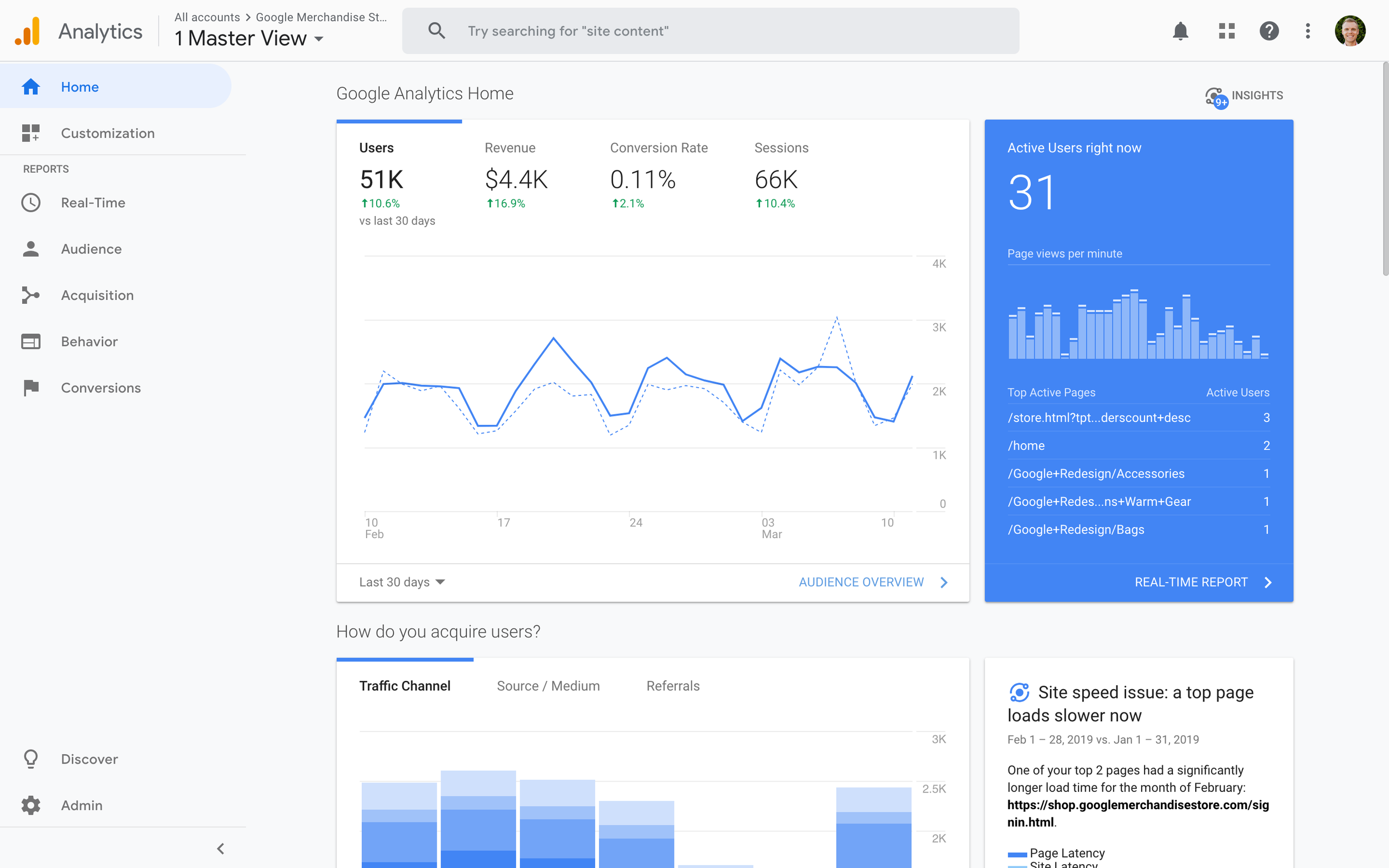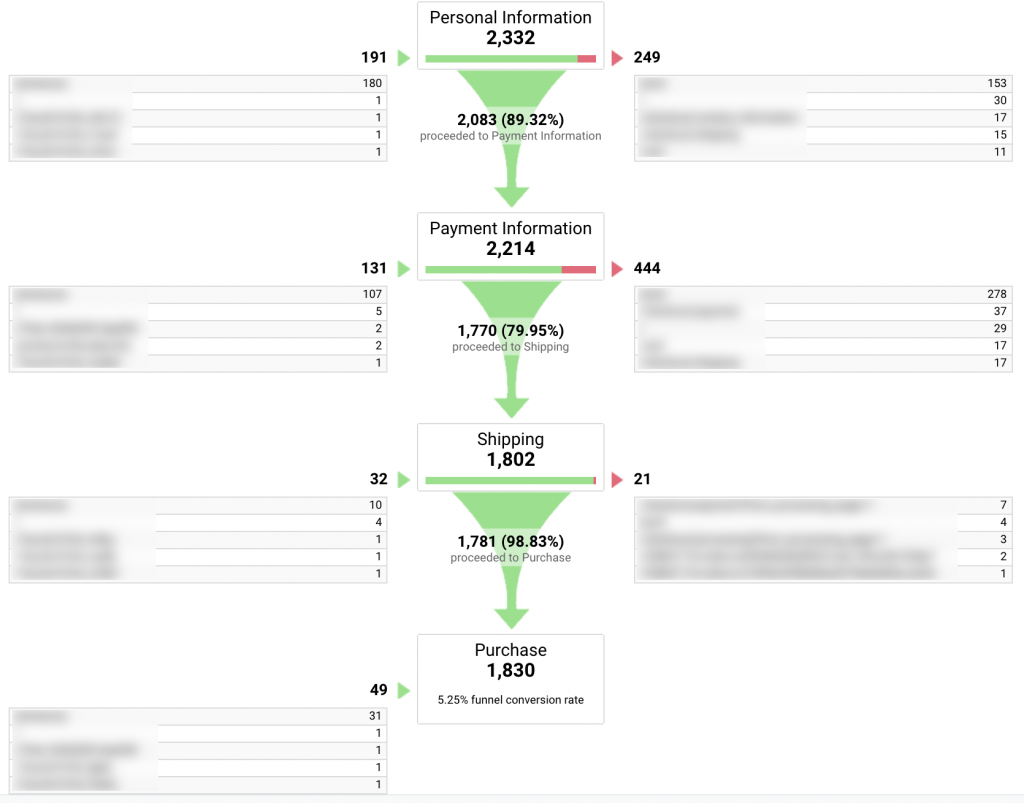Comprehending What Data Is Google Analytics Goals Unable to Track
Comprehending What Data Is Google Analytics Goals Unable to Track
Blog Article
Introducing the Blind Destinations: Understanding What Google Analytics Goals Can not Determine
In the world of electronic analytics, Google Analytics stands as a powerful device for monitoring and examining online customer communications. Comprehending what Google Analytics goals can not gauge is vital for acquiring a comprehensive view of customer habits and interaction.
User Habits on External Platforms
Recognizing exactly how users connect on external systems is important for optimizing on-line methods. External platforms, such as social media sites networks, recommendation sites, and online discussion forums, play a substantial role in driving website traffic to a company's website. By analyzing individual behavior on these systems, businesses can obtain useful understandings right into the performance of their marketing initiatives and the preferences of their target market.
One trick facet of individual behavior on exterior platforms is the referral source. By tracking where the individuals are coming from, companies can recognize which systems are driving the most traffic to their site. This info can assist business allocate their sources extra efficiently, concentrating on the platforms that generate the very best results.

Offline Communications and conversions
Analyzing user behavior on external platforms provides valuable understandings right into on-line methods; nevertheless, thinking about offline conversions and interactions is similarly critical for a comprehensive understanding of a firm's total efficiency. While Google Analytics stands out at tracking on the internet interactions, it falls brief in recording the total client journey that frequently includes offline touchpoints. Offline conversions, such as in-store acquisitions or phone queries, play a considerable role in numerous businesses' success. Ignoring these communications can lead to an altered view of the effectiveness of marketing projects and total organization efficiency.

Acknowledgment Beyond Last Click
When diving into the realm of digital advertising and marketing analytics, it becomes necessary to look past the solitary touchpoint of the last click for a more extensive understanding of acknowledgment. While Google Analytics supplies beneficial insights into user habits, counting solely on last-click attribution can be restricting - what data is google analytics goals unable to track. Acknowledgment models that exceed the last click use a more nuanced view of the customer journey, considering all the touchpoints that bring about a conversion
Acknowledgment past the last click permits marketing professionals to designate credit rating to various interactions along the conversion path, giving a more clear image of the performance of various advertising and marketing networks. By discovering multi-touch acknowledgment designs such as straight, time degeneration, or position-based acknowledgment, services can much better allocate their advertising budget plans and optimize their approaches for optimal influence.
Comprehending the impact of each touchpoint in the conversion process is important for making educated choices and making the most of ROI. By accepting attribution past the last click, organizations can obtain much deeper insights right into consumer habits and tailor their advertising and marketing initiatives much more effectively.
Cross-Device and Cross-Browser Tracking

Similarly, cross-browser tracking matches cross-device monitoring by capturing user habits as they switch between different web internet browsers. Recognizing how users communicate with web sites on different internet browsers can aid marketing professionals enhance their on-line experiences to ensure consistency and functionality across different systems.
Qualitative Information and Individual Intent
Recognizing user intent through qualitative data analysis is essential for establishing targeted electronic marketing strategies that resonate website here with the demands and choices of the target audience. Qualitative data supplies understandings into the 'why' behind individual activities, clarifying motivations, emotions, and preferences that quantitative data alone can not record. By analyzing user feedback, comments, and interactions, marketing experts can uncover important info about individual intent, permitting them to tailor their messaging, content, and offerings to better straighten with what their audience is seeking.
Qualitative information additionally aids in recognizing the context in which customers involve with a site or application. This contextual understanding allows marketing experts to develop visit this site right here more appropriate and tailored experiences, inevitably driving greater engagement and conversion rates. By diving right into customer intent via qualitative data analysis, organizations can gain a much deeper understanding of their target market, leading to extra effective advertising and marketing methods that fulfill users' assumptions and needs.
Verdict
In conclusion, Google Analytics objectives have limitations in determining user habits on exterior platforms, offline conversions, acknowledgment beyond last click, cross-browser and cross-device tracking, and qualitative information connected to individual intent. what data is google analytics goals unable to track. It is essential for companies to be knowledgeable about these unseen areas in order to supplement their information evaluation with other devices and approaches to acquire an extra comprehensive understanding of their audience and boost their overall electronic advertising and marketing techniques
By examining user behavior on these systems, organizations can get important understandings right into the efficiency of their advertising and marketing initiatives and the preferences of their target audience.
Examining user habits on outside systems offers useful understandings into on-line strategies; nevertheless, taking into consideration offline conversions and interactions is equally critical for a comprehensive understanding of a business's general efficiency.In electronic advertising analytics, relocating past last-click attribution to check out cross-device and cross-browser monitoring is necessary for getting an all see here now natural understanding of customer communications throughout numerous systems and gadgets. By examining individual comments, comments, and interactions, marketing experts can reveal useful info regarding individual intent, allowing them to tailor their messaging, web content, and offerings to much better line up with what their audience is seeking.
By diving right into individual intent through qualitative data evaluation, organizations can get a deeper understanding of their target audience, leading to much more effective advertising and marketing approaches that satisfy users' assumptions and needs.
Report this page